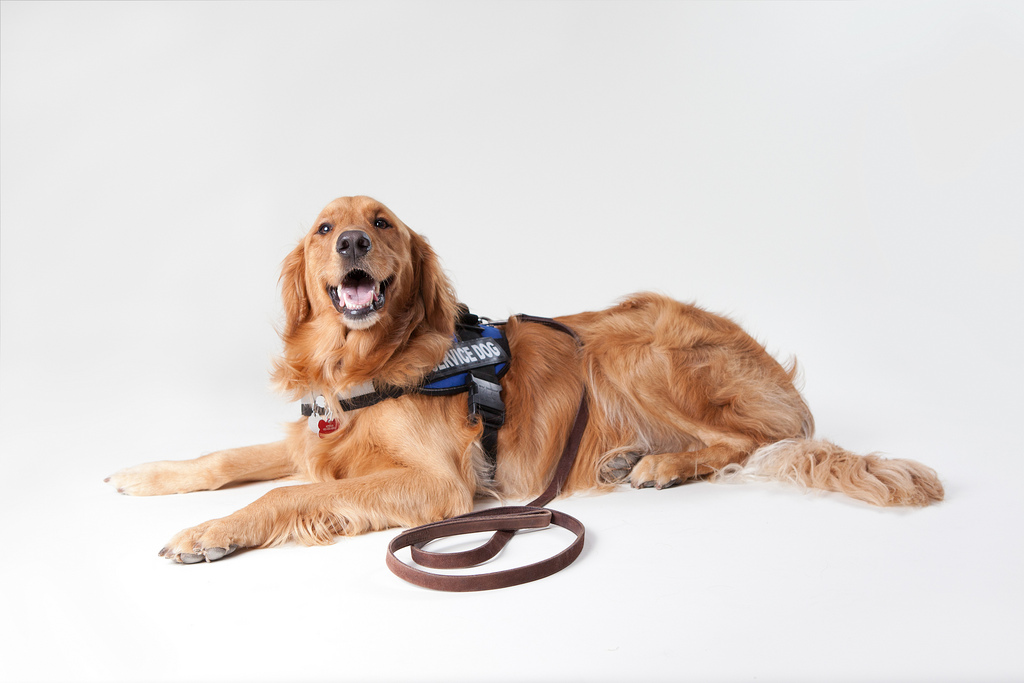2019-02-12

Most of us know that the assistance dog who gives us mental comfort is called an emotional support dog, but while you are looking for an assistance animal, you might come across the Psychiatric Service Dog (PSD), a kind of service dog that offers assistance to someone with mental disorders, such as social anxiety.
What is the difference between psychiatric service dogs and emotional support dogs?
Emotional support dogs and psychiatric service dogs have something in common, both serve people with emotional disorders. However, their service tasks are different. For an emotional support dog, the main goal is to comfort you (or others in need) by accompanying you or doing other simple acts. A psychiatric service dog does that too, but it must also be specially trained to perform extra tasks to alleviate your disabilities. The special training is the obvious difference between these two assistance dogs, but we can not rule out the situation that a qualified emotional support dog also performs basic training, such as sitting or lying on the owner’s body.

What tasks can a psychiatric service dog do?
A psychiatric service dog can do many different things to mitigate your mental disability to some degree, defined by your actual situation. Here are some examples:
1. Calm down your anxiety through paws pressure
Many cases have shown that anxiety is one of the most common causes of mental disorders. And the mild symptoms are always treated with Deep Pressure Therapy (DPT). The psychiatric service dog performs DPT by applying pressure on your body (commonly in the chest and in the abdomen). You can teach him DPT with the commands “Paws up” “Down” and “Paws off”. (See another of our articles)
This miraculous paws and dog head pressure helps to relax and calm your nerves and has been scientifically proven to help modulate the nervous system. This service is easy to learn for both psychiatric service dogs and emotional support dogs and can be done anywhere and anytime. So it is a common task for the dogs that serve their owners with social anxiety.
2. Grounding
As you unconsciously falling into depression and other intense emotional states, a psychiatric service dog can help you bring you back to the present. In general, most people are able to manage some occasional mental health problems themselves, but someone with mental disabilities needs the support of PSD. A dog can help by serving as a point of focus, such as licking your face and hands making you feel better.
3. Alerting about potential risks
A qualified psychiatric dog is frequently well trained to alert you to the onset of an emotional collapse, based on slight signs that your PSD noticed, but you did not. For example, if you start to cross your hands on your chest and look around nervously when you are about to get an anxiety or panic attack, your PSD will put its paws or head on your legs to distract or interrupt your attention. Then you can prepare to leave the situation or ask your PSD for Deep Pressure Therapy.
4. Special services
A psychiatric service dog can be trained to do some special tasks. For example, the patient undergoing medical therapy may experience dizziness or other side effects. A PSD can help to make room for the patient in a crowded place by standing next to him or even looking for someone to help in an emergency. In addition, the PSD is a good assistant that reminds you to take the medication on time. If you are unable to reach the medication at the beginning of the collapse, the PSD will pick it up for you from the floor.